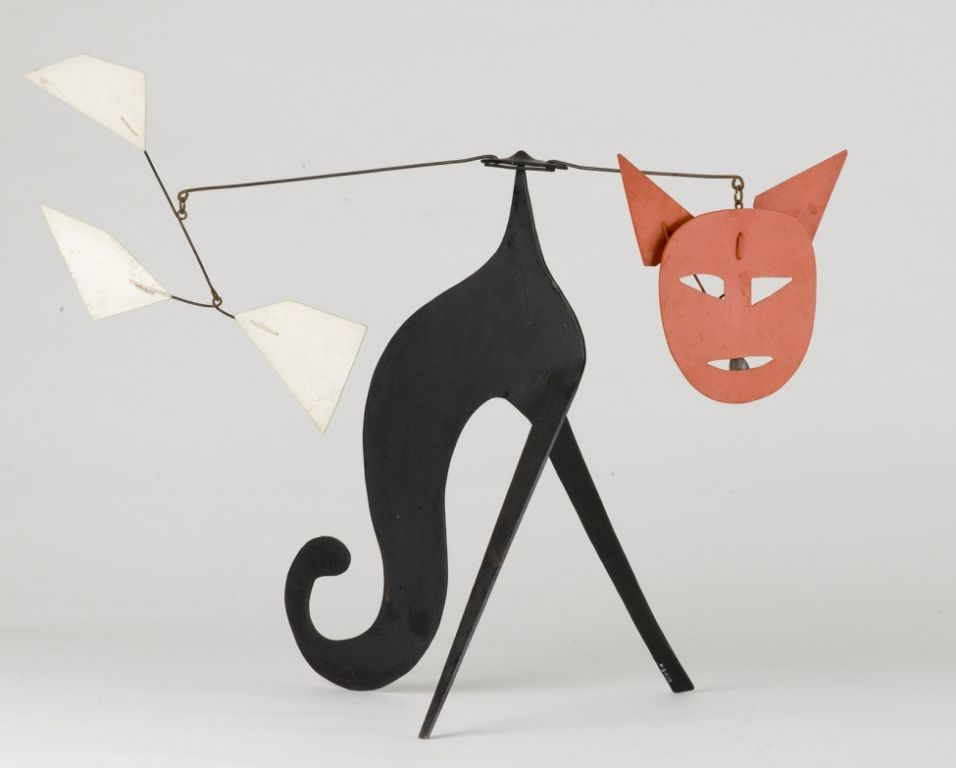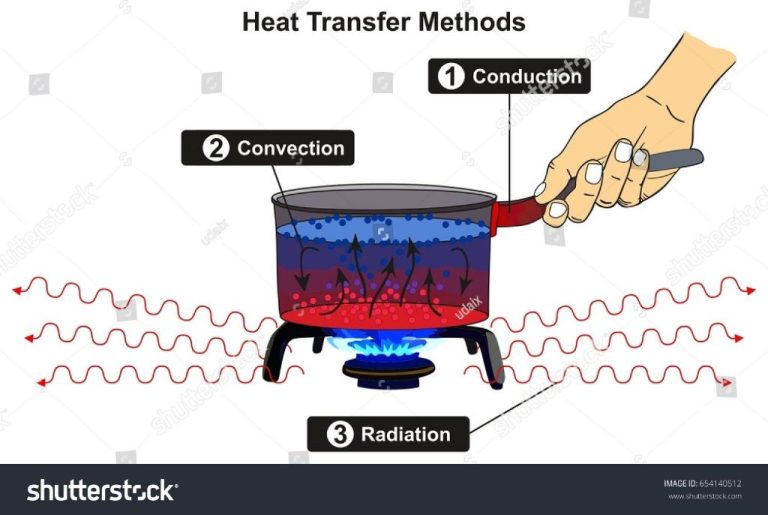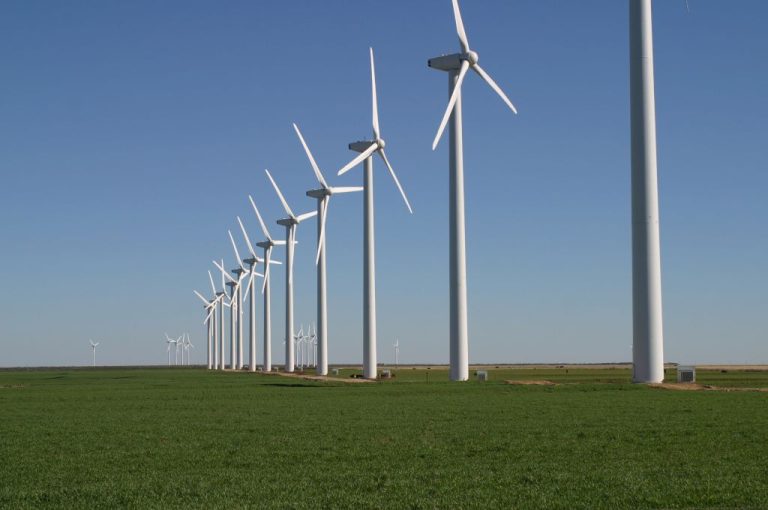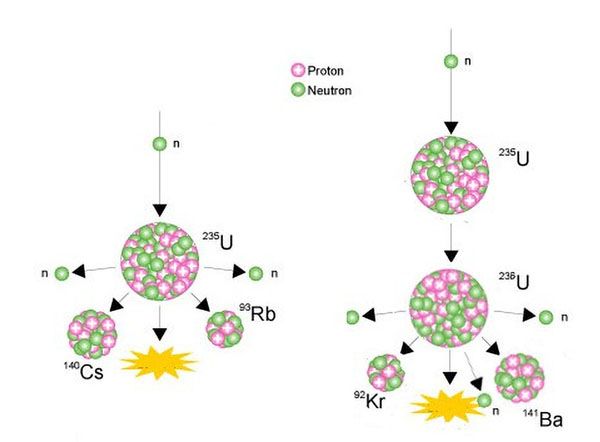What Is A Kinetic Movement?
What is Kinetic Art?
Kinetic art, also known as kinetic sculpture, refers to art that contains moving parts powered by wind, motors, or the viewer’s input. The term originated in the 1920s with kinetic sculptures by artists like Naum Gabo and Laszlo Moholy-Nagy. Unlike traditional sculpture made from stone or bronze, kinetic art incorporates motion as a central element.
The most common forms of kinetic art include mobiles and stabiles. Mobiles consist of movable parts that are delicately balanced and suspended, moving freely in response to air currents. Mobiles were pioneered by Alexander Calder in the 1930s. Stabiles are grounded kinetic sculptures with parts that move due to motors or other mechanical devices. Jean Tinguely created intricate motorized stabiles that embodied the artist’s playful spirit.
Beyond mobiles and stabiles, kinetic artists experiment with a wide range of approaches. Some works feature viewer participation, reacting to the touch or movements of spectators. Others incorporate light, water, magnetism, or air pressure to set pieces in graceful motion. Kinetic art aims to transcend static sculpture, introducing temporality and physical dynamics into the artistic experience.
Origins of Kinetic Sculpture
Kinetic art emerged in the early 20th century, influenced by avant-garde art movements like Dada, Futurism, and Constructivism that embraced technology and modernity. These movements rejected static art forms and instead focused on motion, change, and incorporating time as a central element.

Pioneers like Naum Gabo, László Moholy-Nagy, and Alexander Calder paved the way for kinetic art. Gabo and Moholy-Nagy experimented with transparent and moving materials, challenging the traditional notion of sculpture as solid and still. Calder gained fame for his suspended mobiles that respond to air currents by spinning abstract shapes and forms.
Kinetic artists aimed to remove the author from the final artwork by using motion and viewer participation to complete the work. The artwork was no longer static, but rather changed and evolved over time through the viewer’s interaction.
How Kinetic Sculptures Move
Kinetic sculptures incorporate movement into their artistic design, which can be accomplished through various mechanical methods. Some of the main techniques used to create motion in kinetic art include:
Motors – Electric motors are commonly used to power moving parts in kinetic sculptures. The motor rotates an axle which can turn wheels, gears, pulleys or other components to produce desired motions.
Wind – Outdoor kinetic sculptures can harness the power of the wind to move certain elements. Carefully designed sails, fins, or propellers rotated by the wind can activate rotating or swinging sections.
Magnets – Magnetic forces can induce movement without any attached motors. Carefully placed magnets with matched polarities will repel each other, causing components to levitate or spin.
Water – Hydraulic kinetics use water to drive movement. Water can power turning wheels or move platforms and arms by pumping water in and out of chambers.
Gravity – Gravity-driven kinetics use the force of gravity on weights to create motion. A descending weight can turn gears, move levers, or swing pendulums.
The motion of each kinetic sculpture depends on how these elements leveraging natural forces are carefully designed, balanced and connected together through axles, gears, pulleys, cranks, and other parts. The strategic arrangement gives life and visual interest to these breathtaking moving artworks.
Notable Kinetic Artists
Several artists stand out for their pioneering work and lasting impact on kinetic art. These include:
Alexander Calder
Alexander Calder (1898–1976) was an American artist best known for his invention of the mobile, a type of kinetic sculpture made with delicately balanced components that move in response to touch or air currents. Calder’s mobiles were a breakthrough in how sculpture could utilize motion, setting the groundwork for kinetic art.
George Rickey
George Rickey (1907–2002) was an American kinetic sculptor. He created large, complex kinetic sculptures, often placing tall metal shapes outdoors where the wind could cause them to move and sway gently. Rickey helped develop the kinetic possibilities of abstract sculpture.
Yaacov Agam
Yaacov Agam (1928–) is an Israeli sculptor and experimental artist. Agam is known for his transformable and visual kinetic art, including sculptural pieces that seem to morph shape when viewed from different angles. He was a leader in optical and kinetic art starting in the 1950s.
Carlos Cruz-Diez
Carlos Cruz-Diez (1923–2019) was a Venezuelan artist who worked in kinetic and op art. He created perceptually shifting installations using light, color, and movement to create illusions of form for viewers. Cruz-Diez was a major 20th-century explorer of color and visual kinetic phenomena.
Kinetic Art in Public Spaces
Kinetic art has become a popular addition to public spaces like museums, parks, and plazas. These large-scale installations allow the public to interact with and experience the artwork in motion. Famous examples include The London Eye in London, a giant spinning ferris wheel, and Tornado by artist David Černý in Prague, a giant swirling sculpture of two black metal figures. Other notable kinetic sculptures in public spaces include:
Wind Portal – Kinetic rings and chimes spin and produce music when breezes blow through Anchorage’s Town Square Park. Visitors can feel connected to the natural wind energy.
Wave Organ – An acoustic sculpture along the San Francisco Bay that makes music from the movement of waves in the water hitting its pipes and marbles. People passing by can hear the ocean come alive.
The Kelpies – Two 98 foot horse head sculptures with stainless steel cladding in Falkirk, Scotland. At night, lights illuminate them in changing colors, creating a dynamic scene. People love observing the shining Kelpies during an evening walk.
These kinetic artworks turn public spaces into engaging, interactive environments. As the sculptures slowly move or spin from natural elements like wind or water, viewers become part of the experience. The blending of art and motion captivates people of all ages and backgrounds, bringing communities together.
Kinetic Art and Technology
Kinetic art has embraced technology like motors, robotics, and electronics to enable more complex and precise movement in sculptures. Early kinetic artists often relied on simple motors and mechanics, which limited the scope of motion. But as technology has advanced, artists have much greater capabilities to program dynamic and intricate choreography into their kinetic works.
Motors allow kinetic pieces to move perpetually without human intervention. Rather than relying on air, magnets, or manual activation, motors empower self-sustaining motion. Artists can control speed, direction, and timing with electronics. Computer programming introduces even more options like randomization, sequencing, and interaction with sensors.
Robotics takes kinetic art to another level by emulating life-like movement. Robotic parts like arms, hands, and actuators can mimic natural gestures and behaviors. This creates more organic, flexible, and anthropomorphic sculptures. Integrating artificial intelligence and machine learning further enables robotic works to operate autonomously based on changing stimuli.
Innovations in materials have also expanded possibilities. Smart materials like shape memory alloys and hydrogels morph in response to light, temperature, electricity and more. These allow for metamorphic qualities that react to the environment for an extra dynamic effect.
Technology has truly unleashed the potential for kinetic art. What was once restricted to simple spins and slides can now achieve uncanny organicism and complexity. Artists continue to push boundaries, incorporating cutting-edge science into their mesmerizing moving sculptures.
Kinetic Art Music
One fascinating intersection of kinetic art and music is in kinetic sculptures that create their own rhythms, tones, and melodies as they move. Wind chimes are a simple example many are familiar with, using movement caused by wind to strike tubes and rods to produce musical notes. More complex kinetic musical sculptures employ mechanics like cranks, gears, motors, and electronics to power larger, more intricate sound sculptures and mechanical musical instruments.
Notable examples include the wind-powered Aeolian Harp invented by Athanasius Kircher in the 17th century, massive sound structures designed by Harry Bertoia in the 1960s which resonate when activated by hand, and Trimpin’s inventive kinetic sound contraptions using robotics and computers. Many kinetic musicians like Limor Shifman design Rube Goldberg-esque machines where balls rolling down tracks, gears turning, and dominoes falling trigger xylophones, drums, pianos, and other instruments to play compositions synchronized by the machine’s mechanics.
This kinetic art niche playfully explores machines’ capacity to generate music and noise through motion and mechanics. The resulting sound sculptures produce joyful noises and rhythmic patterns, turning kinetics into music. Their sometimes random, chance-driven compositions contrast machines’ ordered logic with musical creativity.
Philosophy of Kinetic Art
Kinetic art reflects deeper philosophical ideas about movement, change, and the ephemeral nature of time. Kinetic artists are often more concerned with the process of motion rather than the finished product. The essence of a kinetic sculpture is not any individual position it passes through, but the entire experience of its sequence of movements.
This process-focused philosophy distinguishes kinetic art from traditional static sculptures. While static art aims to achieve permanence and stability, kinetic artists celebrate continuous change. Each moment is transitory, and the artwork constantly evolves over time rather than remaining fixed. The experience of a kinetic sculpture can never be frozen in time.
This idea connects to philosophies of impermanence and human mortality. Kinetic art evokes the fleetingness of life and reminds us that time is always marching forward. Each passing moment is gone in an instant, so we must appreciate the present. Kinetic artworks reflect this eternal dance of time and change.
Kinetic artists also aim to create an interactive experience between the art and viewer. The sculptures respond to wind, motors, or touch to incorporate elements of chance and human participation. This reflects a desire to break down barriers between art and audience. The viewer completes the art by activating it.
Overall, kinetic art expresses a view of the world focused on beauty in motion, continuous change, and the ephemeral nature of time. The essence lies in the process, rather than the destination.
Creating Your Own Kinetic Sculpture
Kinetic art is fun to make at home, even with simple household materials. The key is understanding some basic principles of physics that make objects move and balance. Here are some ideas for DIY kinetic sculpture projects:
Wind Spinners
Cut shapes like circles, squares or triangles out of plastic lids or cardboard. Use a push pin to attach them to wooden skewers or chopsticks. Balance and space them out, then push the skewer into a piece of styrofoam. Place near a window so the wind can make your shapes spin!
Wire Mobiles
Bend wire into different shapes and hang them from a coat hanger using thread. Hang your mobile so the wire pieces can move freely. For extra motion, attach paper shapes as weights to the bottom of each wire piece.
Balancing Sculptures
Glue or tack washers, buttons, marbles, or other small weights onto the ends of a ruler, chopstick, or wooden stick. Position them so the sculpture balances perfectly on a pedestal or your finger. The weights will move up and down as you rebalance the sculpture.
The key is to position the weights so they counterbalance each other. This creates a kinetic system in equilibrium – when you move one part, the other parts shift in response. Use trial and error to find the right balance point!
The Legacy of Kinetic Art
Kinetic art has left a lasting legacy on the world of art and continues to evolve and inspire new generations of artists. Some key aspects of its legacy include:
Kinetic art heavily influenced several later art movements and styles including Op Art, Conceptual Art, and Video Art. The moving, interactive nature of kinetic sculptures inspired artists to explore illusion, time, space, and technology in new ways. Many kinetic artists like Alexander Calder went on to produce notable works in these other genres.
While some art styles come and go, kinetic art has remained popular over decades. Major museums from MoMA to the Tate Modern continue to acquire and display kinetic works. Artists today still produce kinetic art using modern technologies like robotics and digital components. Public art spaces often feature modern kinetic sculptures that incorporate lighting, sound and interactivity.
Kinetic art continues to evolve and reflect innovations in science, technology and engineering. Contemporary kinetic artists blend motion, robotics, hydraulics and digital media in novel ways. The core spirit of experimentation, playfulness and viewer interaction that defined early kinetic art is still very much alive today.
In summary, kinetic art has left a substantial legacy both directly through its continued popularity, and indirectly by spawning whole art movements focused on motion, space and technology. Kinetic sculptures remain a highlight in many museums and public spaces. The kinetic art spirit continues to evolve and inspire artists who explore mechanics, robotics and digital media.







